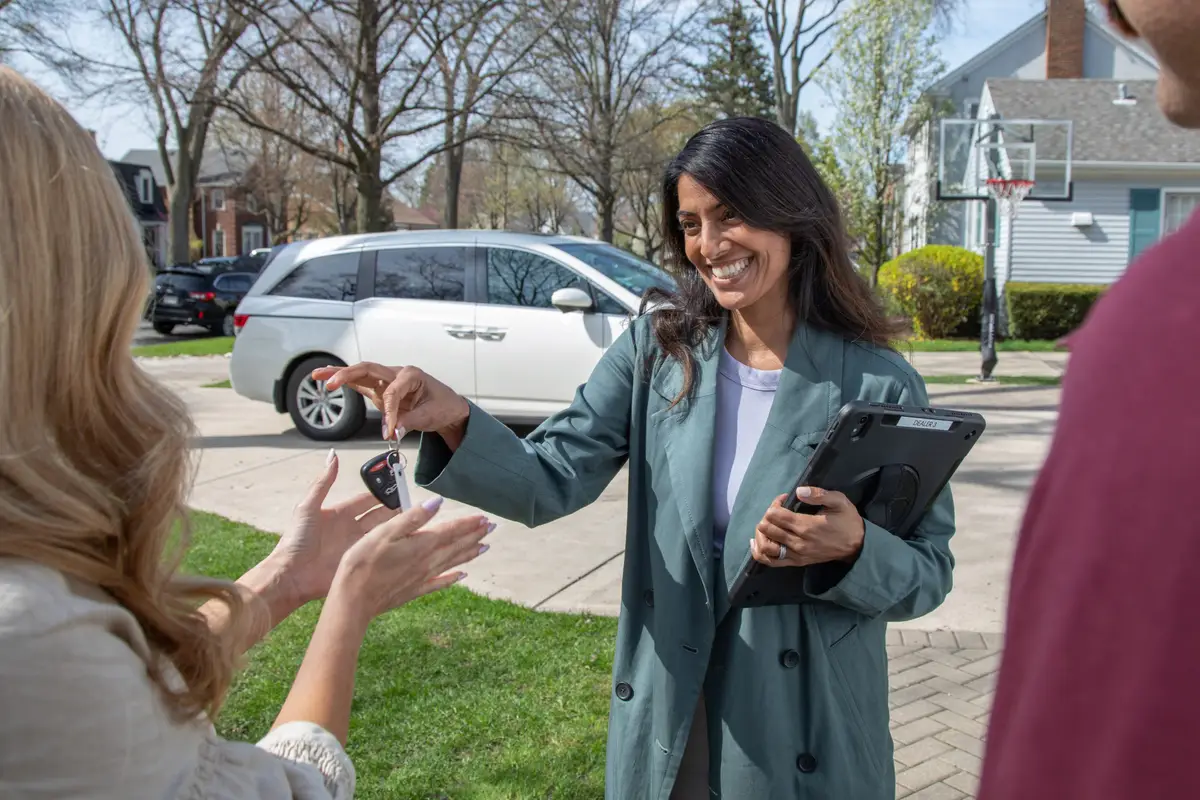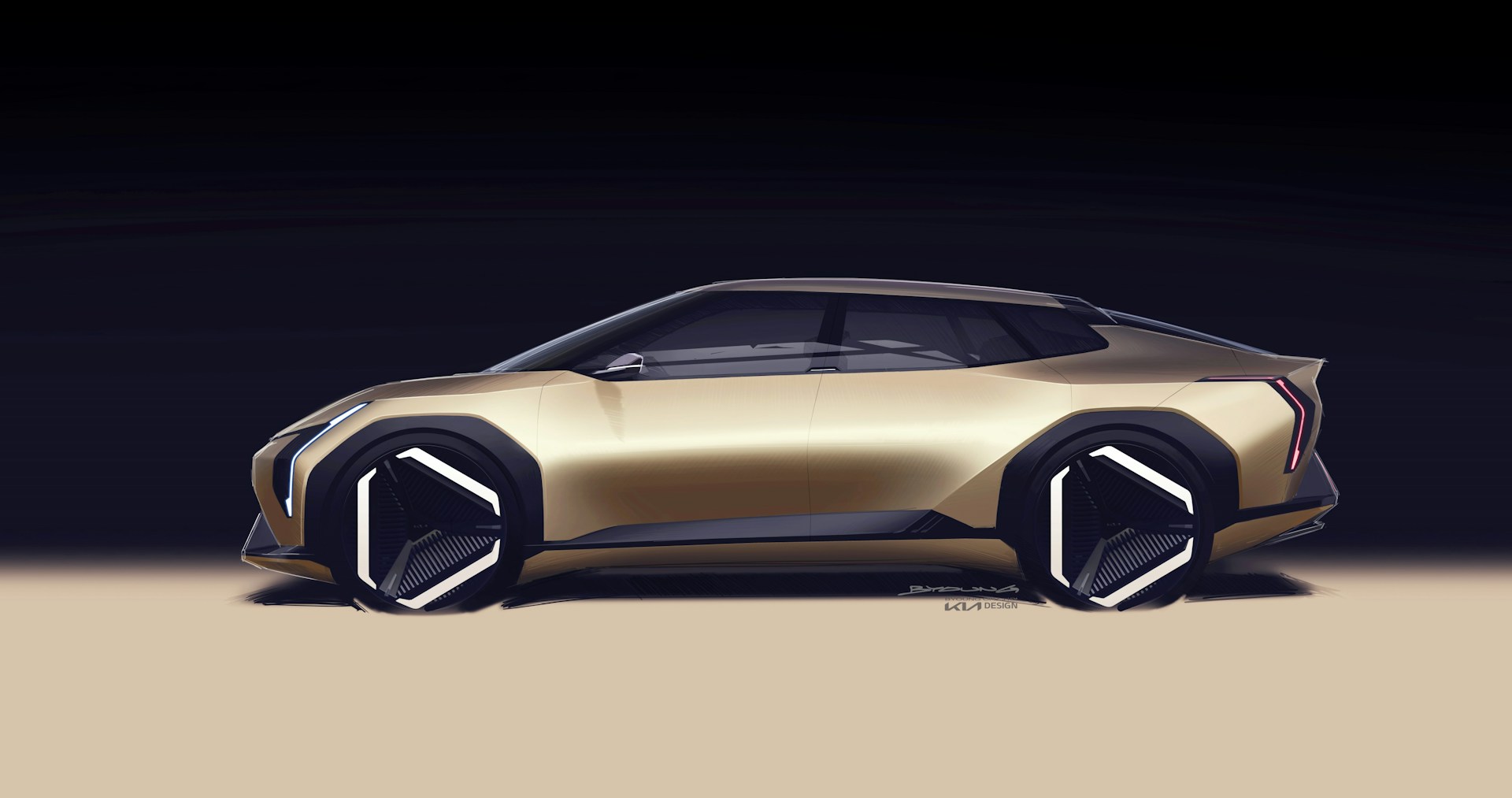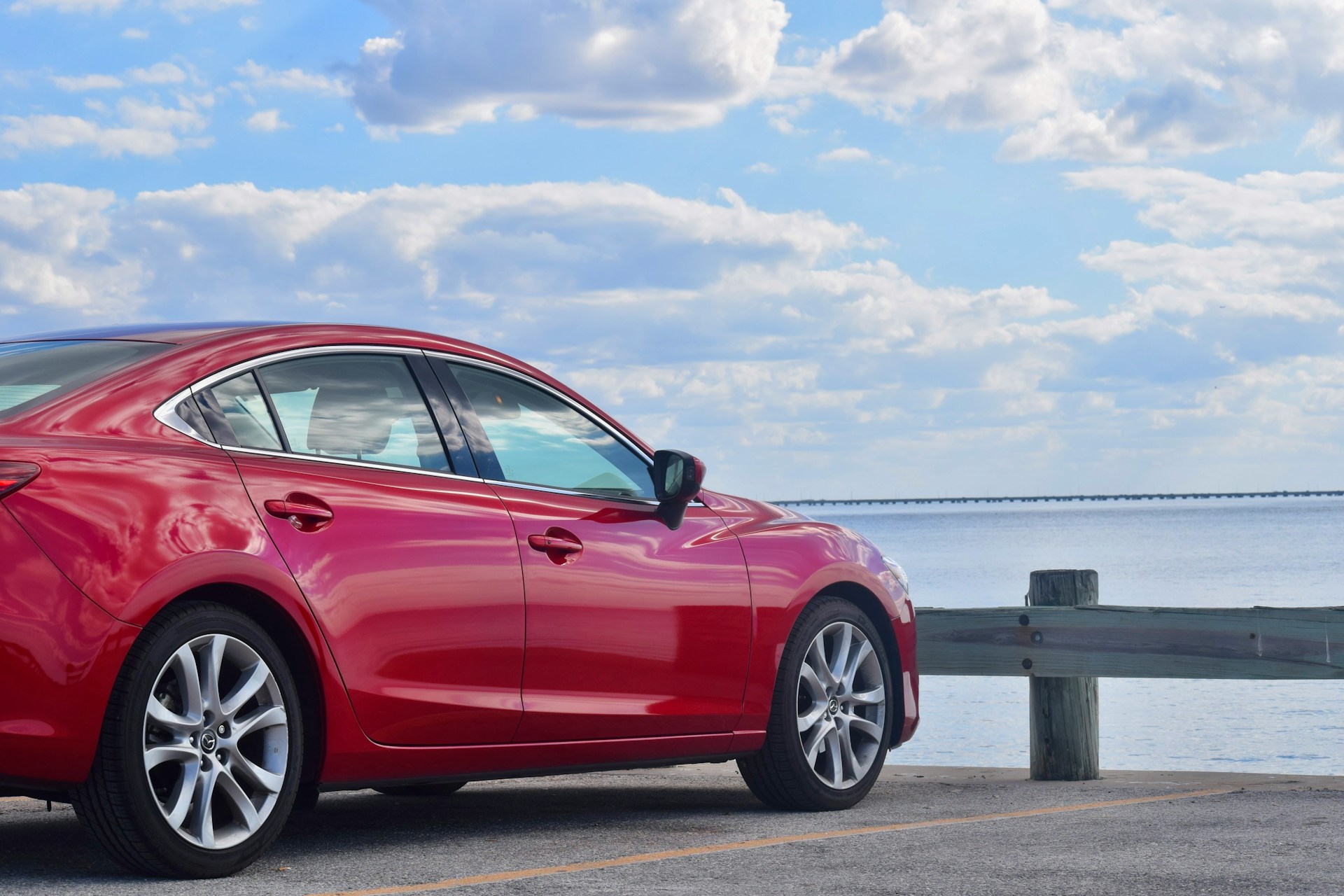Buying a car is an exciting milestone, but also one of the biggest financial decisions most people make. From choosing the right model to figuring out financing, the process can feel overwhelming. One factor that many shoppers overlook, however, is timing. Believe it or not, when you decide to buy can significantly influence how much you pay, the deals you qualify for, and even how smooth your buying experience will be.
Over the years, car buyers have traditionally relied on certain patterns—holiday weekends, end-of-year clearance events, and the arrival of new models—to find the best bargains. And while the car market has changed in recent years due to supply chain disruptions, semiconductor shortages, and fluctuating inventory, timing still plays a big role. If you know the right windows to shop, you could save hundreds or even thousands of dollars.
Why Timing Matters When Car Shopping
Car dealerships operate on cycles—monthly, quarterly, and yearly sales goals. Hitting these quotas often determines whether salespeople and managers receive bonuses. As a result, certain points in the calendar naturally create more motivation to negotiate.
Another reason timing matters is inventory turnover. Dealerships don’t want last year’s models sitting around when shiny new versions are arriving. To make room, they frequently discount older models or pair them with attractive financing incentives.
Finally, manufacturers sometimes align promotions with consumer spending habits—holidays, tax refund season, or year-end shopping sprees. Understanding these cycles can give buyers the leverage to secure a better deal.
The Best Times of Year to Buy a Car
Late Summer to Early Fall
Labor Day has long been one of the most popular times to buy. By September, most automakers are rolling out next year’s models. That means dealers are eager to clear remaining inventory from the outgoing year. While selection may be somewhat limited, the discounts can be substantial—especially if you don’t mind driving the “previous” year’s model.
End of the Year (November–December)
The year’s final months are often considered the sweet spot for car shopping. Between Black Friday and New Year’s Eve, dealerships are juggling multiple incentives: clearing out old inventory, hitting annual sales goals, and meeting quota deadlines. Shoppers who can wait until late December often find some of the most competitive offers of the year.
Luxury cars, in particular, may be discounted heavily during this period. If a dealership hasn’t sold enough of its high-end inventory, managers will be motivated to move vehicles before the year closes.
Month-End and Quarter-End
Even if you don’t want to wait until the holidays, there’s still an advantage to timing your purchase toward the end of a month—or better yet, the end of a financial quarter (March, June, September, December). Salespeople trying to reach quotas are more likely to negotiate on price, throw in extras, or work harder to secure favorable financing.
Holiday Weekends
Memorial Day, Labor Day, Independence Day, and even Presidents Day have long been used by automakers as marketing anchors for big sales events. While the discounts may not be as deep as year-end deals, shoppers can still benefit from lower interest rates or small cash-back incentives. These weekends are also convenient because dealerships usually extend hours, giving buyers more time to browse.
Tax Refund Season (February–April)
For many buyers, tax refunds provide extra cash to use as a down payment. Some dealerships align promotions with this period, offering “tax refund bonus” programs or special financing options. However, because more buyers are shopping during this time, demand can sometimes reduce negotiating power—so proceed carefully.
What About Used Cars?
The timing of used-car purchases is a little different but still important. Used inventory often rises after new-car sales events, as more trade-ins hit the market. That means late in a season—say October or January—can be smart times to look for used deals.
Additionally, if you’re at the end of a lease, consider a lease buyout. With used-car prices remaining high in recent years, buying your leased vehicle might actually save money compared to purchasing another used model of the same make and year.
The Role of Supply and Demand
It’s important to acknowledge that today’s car market is not as predictable as it once was. The COVID-19 pandemic disrupted supply chains, and semiconductor shortages drastically reduced new-car production in some years. As a result, the traditional seasonal patterns have blurred. Incentives may not always be tied to holidays, and sometimes good deals pop up unexpectedly when inventory finally improves.
That’s why it’s crucial for buyers to stay flexible. Instead of relying solely on the calendar, pay attention to broader market conditions, monitor dealership inventory online, and sign up for alerts on price drops or financing specials.
Tips for Getting the Best Deal Anytime
- Do your research using online tools to track average selling prices for the model you want.
- Get preapproved financing to strengthen your negotiating position.
- Stay flexible on colour, trim, or features to open up more options.
- Compare offers from multiple dealerships before committing.
- Avoid rushing the process. If you’re not in urgent need, wait for the next incentive cycle.
Bottom Line
There’s no single perfect day to buy a car, but there are clear windows when deals are more likely to appear. Late summer, year-end, and month- or quarter-end remain the most reliable times to shop, especially if you’re flexible about model year and trim. Used-car buyers and lease customers can also benefit from timing, especially when trade-in cycles boost inventory.
Ultimately, the smartest buyers combine good timing with careful research. By understanding how dealerships and manufacturers operate, you can align your purchase with their incentives—and drive away knowing you got the best possible value.
References
- Cars.com: What’s the Best Time of Year to Buy a Car?
- Edmunds: Best Time to Buy a Car
- Kelley Blue Book: When’s the Best Time to Buy a Car?



